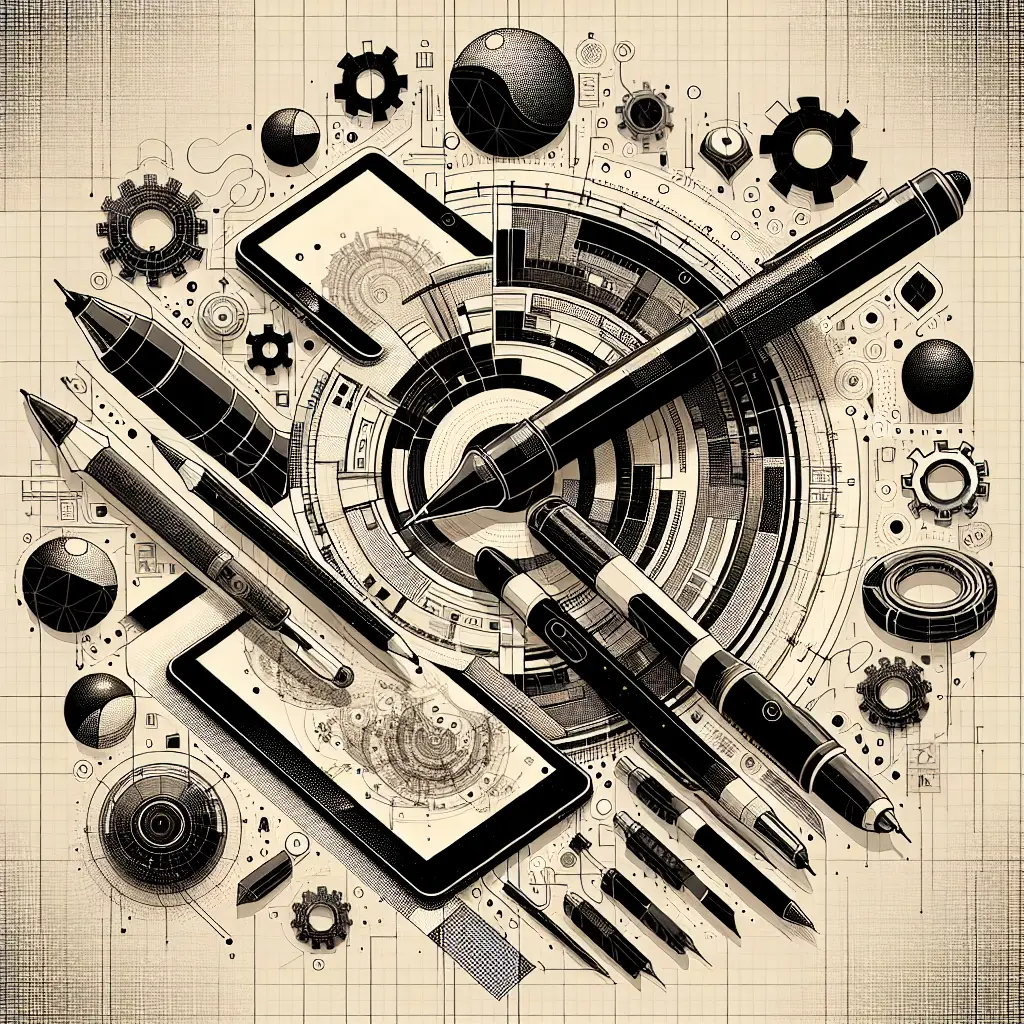Apple’s design process has been a subject of fascination for many. This curiosity is not surprising given the company’s distinguished design aesthetic– from minimalistic hardware designs to intuitive user interface that sets its products apart from the competition. Apple’s rich history of innovation and design excellence is the blueprint for their commercial success. This remarkable journey begins at a concept referred to as “the Apple way,” which is firmly rooted in a desire to foster creativity.
The Apple Way
The Apple Way is a design principle focusing on understanding the user and simplifying the experience. This approach revolutionized technology, disrupting industries, and helping Apple set the benchmark for design and product development. For Apple, ‘simplifying’ doesn’t mean removing complexity. It’s about creating a product that’s intuitive to use, keeping the necessary complexity hidden from the user.
At the core of Apple’s design process is a deep understanding of its audience. Its design strategies revolve around the customer experience. The company makes a point of identifying the various touchpoints a user has with its products and services to ensure a seamless, enjoyable user-experience from start to finish. They dedicate a considerable amount of time and resources into creating elements that make their designs stand out.
The Design Team
Apple’s design team plays an integral role in fostering innovation and creativity. Often known as the Industrial Design Group (IDG), the team includes a multitalented and multicultural mix of professionals from designers to programmers, and engineers to marketers. This blend of expertise enables the creation of exceptional designs that integrate aesthetics with functionality.
The team’s collaborative and iterative process includes brainstorming sessions, roundtable discussions, prototyping, and thousands of design sketches. It is this interaction that allows for different perspectives to be shared, valuable insights to be gathered, and creative ideas to be fine-tuned in a nurturing and respectful environment.
Designing for Functionality
Simplicity and minimalism are key elements of Apple’s design philosophy. Apple understands that consumers do not buy its products just because they look beautiful; the product must also perform exceptionally well. Hence, aesthetics and functionality are intertwined in every product Apple designs.
Apple dedicates significant resources to research, ensuring that its products are not only intuitive but also serve a purpose in the customer’s life. Each component is meticulously designed with the ultimate goal of solving a problem or providing a service. Sensors are embedded in the hardware design to ensure it responds to the user’s needs, software algorithms are continuously learning from the user, and interfaces change and adapt based on the individual’s behaviour.
This commitment to functionality renders Apple’s designs more than just visually appealing; they also deliver substantial value.
Prototyping and User Testing
Prototyping and user testing are integral stages in Apple’s design process. With the user at the heart of every decision, it’s crucial for Apple to test its products in order to ensure that they meet the needs and expectations of the customer.
Apple’s engineers and designers construct detailed models of each new product, using prototyping to understand how design tweaks will impact the final product. They refine the models until they find the optimal design that combines form and function. Subsequently, these models are tested among a select group of users.
Depending on feedback, the design may undergo further changes seeking ultimate comfort, user-friendliness, and satisfaction. Through this rigorous, iterative process, Apple ensures their designs are fully optimized for their consumers before they hit the market.
Design Leadership
Credit must be given to Apple’s design leadership, particularly the influence of the late Steve Jobs and Jony Ive. Their commitment to great design and refusal to compromise on quality are legendary. They set a strong direction for the company, establishing a culture that embraces creativity and innovative thinking and creates products that are a perfect blend of aesthetics, function and market fit.
Under their leadership, every product detail was painstakingly discussed, reviewed, and refined, leading to distinctive gadgets that add value to users worldwide. They cultivated a design culture that still resonates within the company, ensuring that every decision made aligns with the company’s core principles.
Ownership Model
Finally, at Apple, the entire design and production process is owned in-house. This complete control over the process allows Apple to align all elements of product development with its central ideology. Their proprietary softwares, custom chips, in-house manufacturing, and integrated distribution ensure the Apple standard is maintained across the entire process.
This in-house model shields the company from outside influences that could compromise their design and performance ethos. It is one of Apple’s key strategic advantages, one that not only guarantees consistency in their design and production but also in fostering creativity that blends seamlessly with their ideology.
Conclusion
Apple’s design process is integral to the brand’s commercial success. Their commitment to user-centred design, attention to detail, emphasis on functionality, in-house ownership, and leadership fosters a culture of creativity that enables the creation of products that are not only aesthetically pleasing but deliver substantial value. Through a deep understanding of their consumers and an unwavering commitment to innovation, Apple continues to set the gold standard in design.
Share this content:
